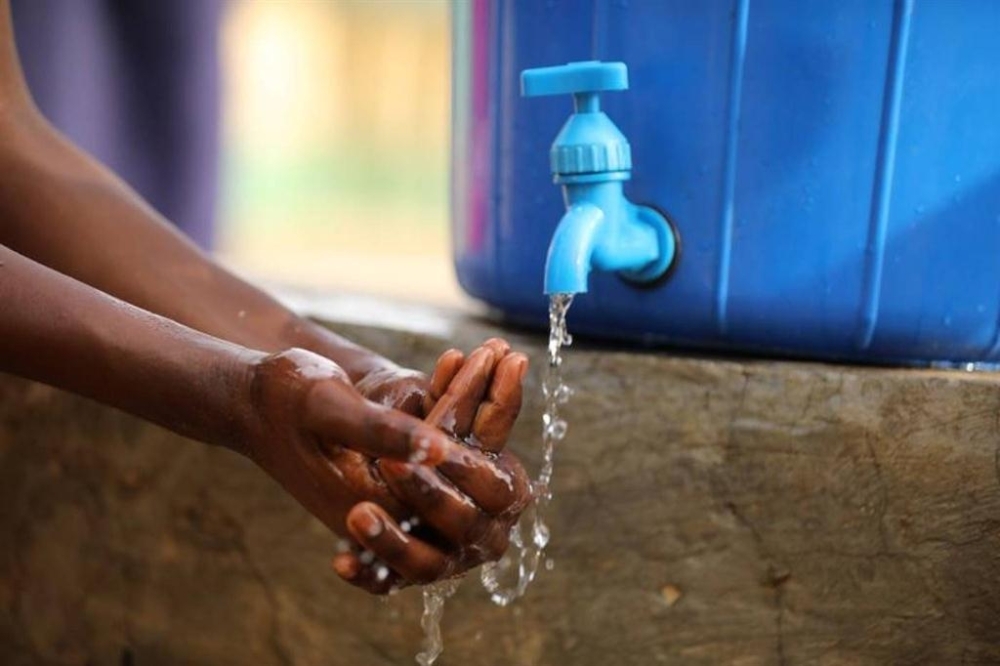Water supply to central areas under pressure
Situation being closely monitored
As of the end of January, average water levels in the three dams supplying water to the central areas of Namibia were at 21.8%, compared to 39.8% during the same period last year.
Current estimates indicate that the Central Area of Namibia (CAN) will not have an adequate water supply to bridge the next two rainy seasons.As of Monday, 29 January, the average water levels in the three dams supplying water to the CAN were at 21.8%, compared to 39.8% during the same period last year.
According to a joint statement issued by NamWater and the City of Windhoek, CAN is supplied with water primarily from an integrated water supply system consisting of three interconnected dams.
These are the Omatako (empty), Von Bach (12.6%) and Swakoppoort (43.5%) dams.
Boosting supply
The joint statement highlighted that the supply system is heavily dependent on favourable climatic conditions, such as rainfall and associated runoff, in a region with highly variable climatic conditions.
Due to the current situation, the system is augmented with water through a groundwater conveyance canal from the Krast Aquifer (boreholes) at Kombat and the Berg Aukas mine near Grootfontein.
The water supply system is further supplemented with water from the Windhoek aquifer and the new Goreangab Water Reclamation Plant as part of a critical intervention aimed at addressing water supply shortfalls, especially for Windhoek.
“Water supply from the multiple water source integrated system has made it possible to successfully continue water supply to CAN without interruptions during the frequently occurring dry season.”
Serious concerns
A team of experts regularly evaluates the security of the water supply to the CAN to revise operations, adjust strategies and keep stakeholders informed, the statement noted.
“In 2023, during NamWater’s annual stakeholders’ workshop, the effectiveness of previously adopted strategies was evaluated, and the current prevailing situation regarding water supply to the CAN was reviewed.”
Appropriate strategies were developed and adopted last year to ensure water supply security for the CAN for at least the next two rainy seasons.
Worrying situation
The water security strategies include the water demand management strategy, which involves a 10% reduction in water consumption and predicts water inflow into the three supply dams according to a long-term observed statistical model.
“With the rainy season underway and the end of January approaching, no water inflow into any of these three dams has been recorded. Unfortunately, aided by exceptionally high temperatures since October last year, water consumption has been consistently above the savings target, further depleting available water stock faster than predicted.”
Taking these factors into account and the continued poor rainy season, the latest calculated expectations indicate that adequate supply for two rainy seasons will no longer be possible.
“This has potential serious repercussions for the water supply in the CAN, and further water demand management measures may be warranted.”



